The Langtang Valley trek is the third most popular trekking destination and closest to the valley of Kathmandu. Nestled in the heart of the greater Himalayas and dissected into various parts by a river system. Consisting of high-altitude glaciers and glacial lakes, Himalayan valleys, high pasture lands, lush forests, raging rivers, and inevitably of biodiversity. The Langtang valley a heaven in its own term, clinging to the mountainside in the frozen peaks of the Himalayas. The Langtang valley falls under Langtang National Park and is the country’s first Himalayan National Park. The boundary on the northern part is Tibet on the western Bothe Koshi and Trishuli River. It coversg an area of 1710 sq. km of the three districts of Rasuwa, Nuwakot, and Sindupalchowk.
Best Time to Visit?
The best season for trekking to Langtang region is during the season of autumn and spring.
The months of September, October, November, March, April, and May are the best time to visit. These months are better in terms of visibility and climate conditions providing good conditions for exploring the high mountain terrains.
During the autumn season, the months of September, October, and November brings clear weather with great visibility and warm temperatures providing a perfect opportunity to trek on high Himalayan terrains.
The spring season of March, April, and May is also the best time to visit Langtang valley, the end of winter bring change in the topography of the region with varieties of lush blooming trees of Rhododendron, mixture of Confers, Oaks with Orchids and ferns with high pasture lands covered with colorful wildflowers with mild temperatures and clear weather.
Monsoon season is not favorable as the weather gets harsh and it’s hard to get around the country, so monsoon season is mostly avoided by trekkers.
In winter season the area receives high snowfall, covering most of the trail and access is denied to most of the regions of Langtang region making it quite impossible to trek to higher grounds.
Why this tour is Unique?
Langtang Valley Trek is the closest and most facilitated trekking destination closer to the valley of Kathmandu. The trails are easy, providing a great experience for first-time as well as seasonal trekkers. On this trek, you will not only witness the grand views of nature but learn about the culture and lifestyle of the mountain people.
Entry Permits and Requirements:
The Langtang Valley Trek requires the following permit:
1) Langtang National Park Entry Permit
- Langtang National Park Entry permit is NRP 3,000 + 13% VAT (about USD 32) for foreigners and
- NPR 1500 + 13% VAT (about USD 15) for people of SAARC country.
- No permit is required for children below 10 years.
You won’t have to worry about waiting for permits we will take care of everything.
Preparation for Langtang Valley Trek:
In brief, the trail to Langtang Valley easy and facilitated. But as you will have to hike for a long period of time in high mountain country so trekkers need to be prepared.
Travel Insurance:
All clients engaging in any activity must have smart travel insurance or emergency evacuation insurance. We highly suggest you to obtain a comprehensive insurance plan from a reliable insurance firm that covers emergency evacuation insurance in high altitudes, personal injury, hospital expenditures, repatriation fees, helicopter rescue, and any other misfortune.
Passport and Visa:
Each client must be issued a valid visa with a six-month validity from the date of return by the Nepalese embassy in your country or the immigration office at Tribhuvan International Airport in Kathmandu.
Meals and drinking water for Langtang Valley Trek :
Langtang Region Trek you’ll be provided with various Nepali, Tibetan ethnic cuisines and varieties of western meals to choose. The region has numbers of tea-house every hour so typically run by local inhabitants providing basic and minimal facilities. Try various traditional cuisine and popular snacks include locally made dairy items such as cheese, Churpi, and milk-based delicacies and baked items. Also try Sea buckthorn juice, a Himalayan delicacy.
Similarly, drinking water taps are accessible with natural water supplies which are untreated, so direct use of the water is not recommended, you may refill boiling water or cold filter water from any of the teahouses. However, if you buy a water purification tablet, chlorine drops or utilize SODIS (sunlight assisted) filtration procedures for further assurance, saving money and reducing plastic pollution.
Accommodation:
Local accommodations are available in trekking lodges and teahouses which are located all along the trail in every hour or so, providing basic accommodation, food and electricity. The room mostly include twin sharing beds as well as single bed, with hygienic and clean atmosphere and good mattresses which reduce your backpack weight. The accommodation usually have a central heating system used by firewood located at dining rooms, providing heat and space for travelers to rest and exchange their stories. Campsites are also available along the trail providing a special opportunity for the campers.
Important Note:
Your safety is of paramount importance to us at Alpine Club of Himalaya. We have absolute authority to cancel the trip, when we have reason to believe your safety is at stake. Weather conditions, the health condition of a group member, natural disasters, and such, can contribute to changes in the itinerary when traveling in remote mountainous regions. In these extreme situations, we kindly request that you offer your full co-operation to the trusted leader of the group appointed by the Alpine Club of Himalaya. However, we assure you that we will make every effort to keep to the above itinerary.
Common Breakfast During the trek:
During the trek, various tea houses provide a wide range of breakfasts. The most common breakfast includes Tibetan Bread (fried bread), Chapati (unleavened flatbread). The bread is provided with jam, butter or peanut butter, Scrambles, or boiled eggs, and vegetable curry.
Corn Flakes, Pancakes, Oats, and Muesli are also available. In some of the tea houses, American breakfast is available. Hot drinks including black tea and coffee are available for breakfast. Also, you may find various freshly baked items.
Common Lunch during the trek:
Dhal Bhat (Nepalese traditional food) is the most common meal found along trekking houses. But various varieties of meals are also available. Thukpa (Noodles) soups, Momos ( dumplings), Macaroni, Fried rice, Pizza, Spaghetti, a variety of soups, steaks, potatoes items, Sandwiches, rice with curry, spring rolls, burgers. Plenty of dessert items are also available.
Common Dinner during the trek:
Dhal Bhat (Nepalese traditional food) is the most common dinner. But you can choose from a wide variety. Momos (dumplings), Thukpa (noodle) soups, Macaroni, Pizza, Spaghetti, Sherpa Stew, steaks, potatoes items, fried rice with curry, Raman soups, burgers, and are available along the tea houses.
Most of the tea houses’ menus offer desserts. Rice pudding, Apple pie, fruit snicker, cake, pastries, etc.
Extra personal expenses for trekking
During the period of trekking meals (Breakfast, Lunch, and Dinner with hot drinks) are provided according to your package. Any other personal expenses are not bearded by the company. So, we recommended carrying extra cash just in case of personal expenses.
Responsible Tourism
As responsible for tourism we believe in respecting local communities, their culture, and rules. So, for that region, we would like you to follow some local rules and regulations during the trek.
- Always ask your guides for permission before doing something in the local community.
- Keep environment clean .
- Help the local community to encourage the positive sides of tourism.
Transportations on Trek
All the necessary transportation for your trip will be managed by the Alpine Club of Himalaya upon your request. Transportation is provided on private as well as sharing basis.
Porter and Guide:
Solo trekkers are provided with a single helper both acting as a Potter and Guide. For trekkers above two or more Potters and Guides are provided according to the size of the groups.
Last-Minute Booking Information:
Last-minute booking is available for interested travelers. Though travelers need to inform a day before the trip gets started. If you are making last-minute bookings, you should pay the total amount for the activity. Booking can be made through an online form, email, WhatsApp, or by direct call.
Last-minute bookings for Bhutan and Tibet trips are not available.
-
Private vehicle / Flights
-
1-25
-
3860m
-
Hotel and Guesthouse
-
Full Board
-
Trekking
-
Kathmandu, Nepal (TIA)
-
Kathmandu, Nepal (TIA)
-
March-May and Sep-Nov
The Langtang Valley trek is the third most popular trekking destination and closest to the valley of Kathmandu. Nestled in the heart of the greater Himalayas and dissected into various parts by a river system. Consisting of high-altitude glaciers and glacial lakes, Himalayan valleys, high pasture lands, lush forests, raging rivers, and inevitably of biodiversity. The Langtang valley a heaven in its own term, clinging to the mountainside in the frozen peaks of the Himalayas. The Langtang valley falls under Langtang National Park and is the country’s first Himalayan National Park, the boundary on the northern part is Tibet on the western Bothe Koshi and Trishuli River covering an area of 1710 sq. km of the three districts of Rasuwa, Nuwakot, and Sindupalchowk.
Trip Highlight
- Trek to the 3rd most popular trekking destination in Nepal.
- Trek across Langtang Nation Park, home to a wide variety of biodiversity.
- Learn about the culture, traditions, and life of indigenous mountain people.
- Hike to Tsergo RI a classic vantage point of Langtang.
- Walk across the lush forest, alpine pasture lands, high Himalayan terrain, and glaciers.
- Learn about the wonderful legends of the mountain people.

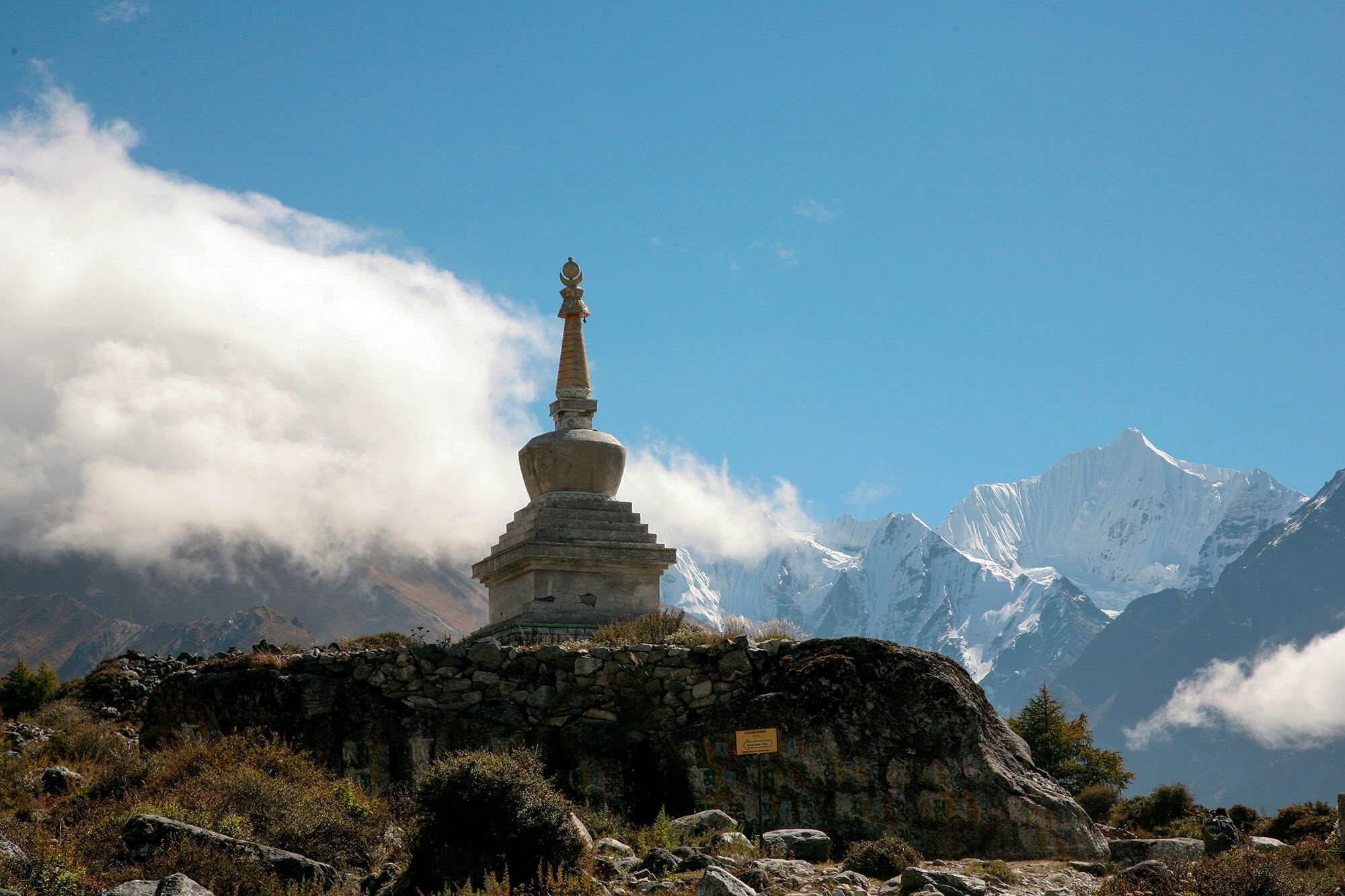
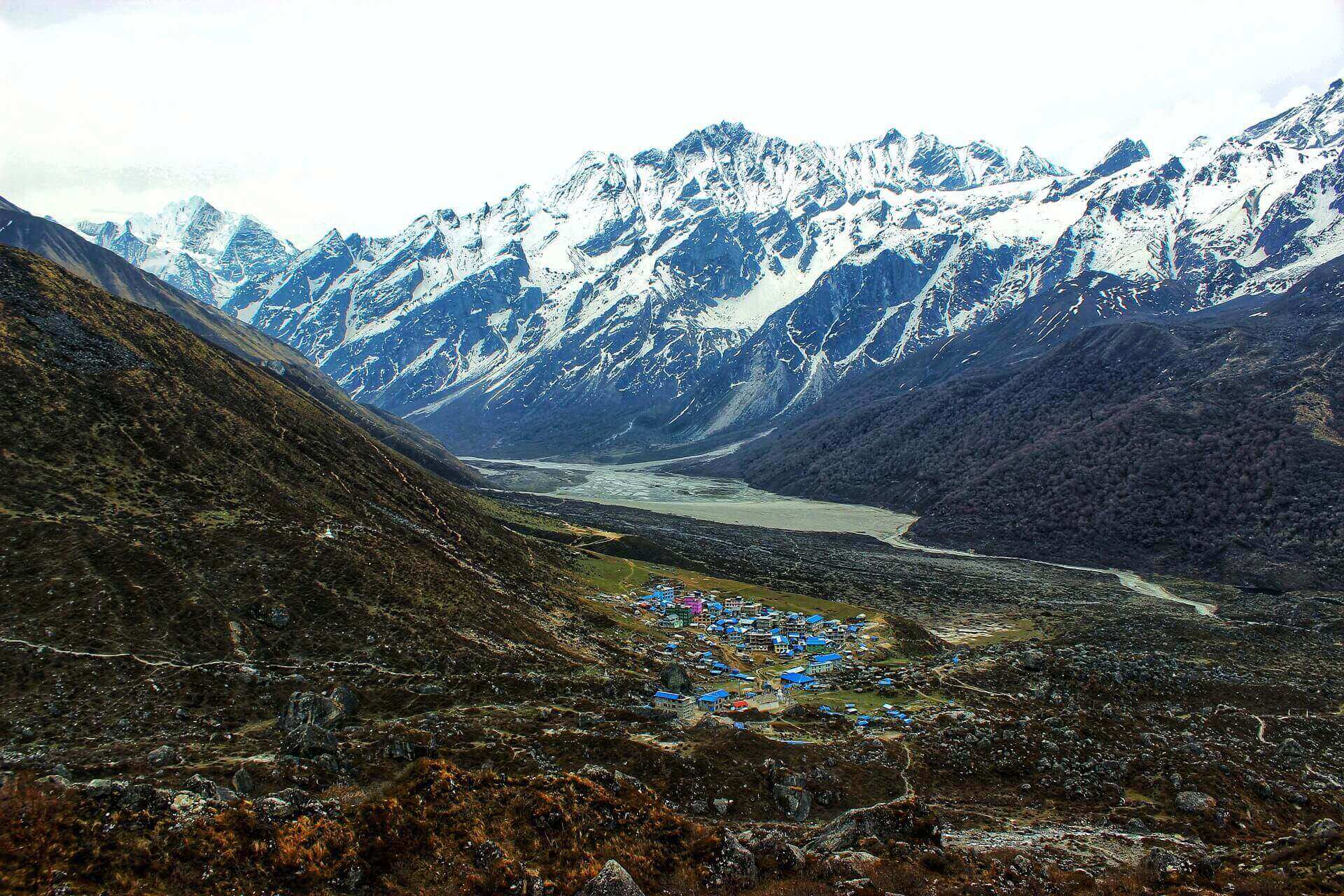
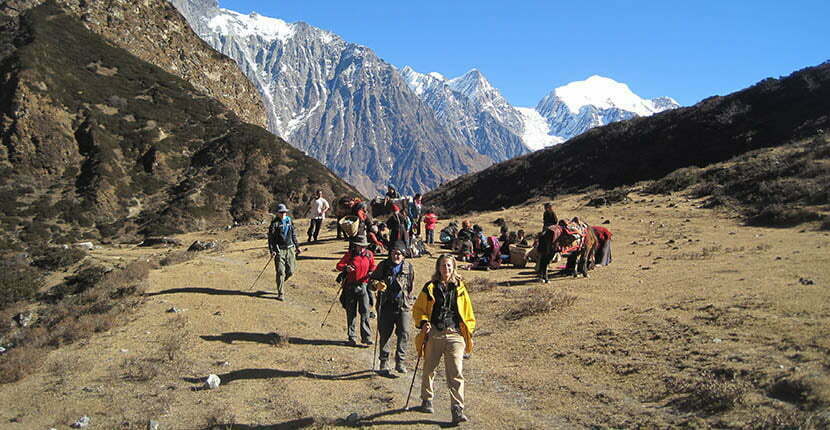
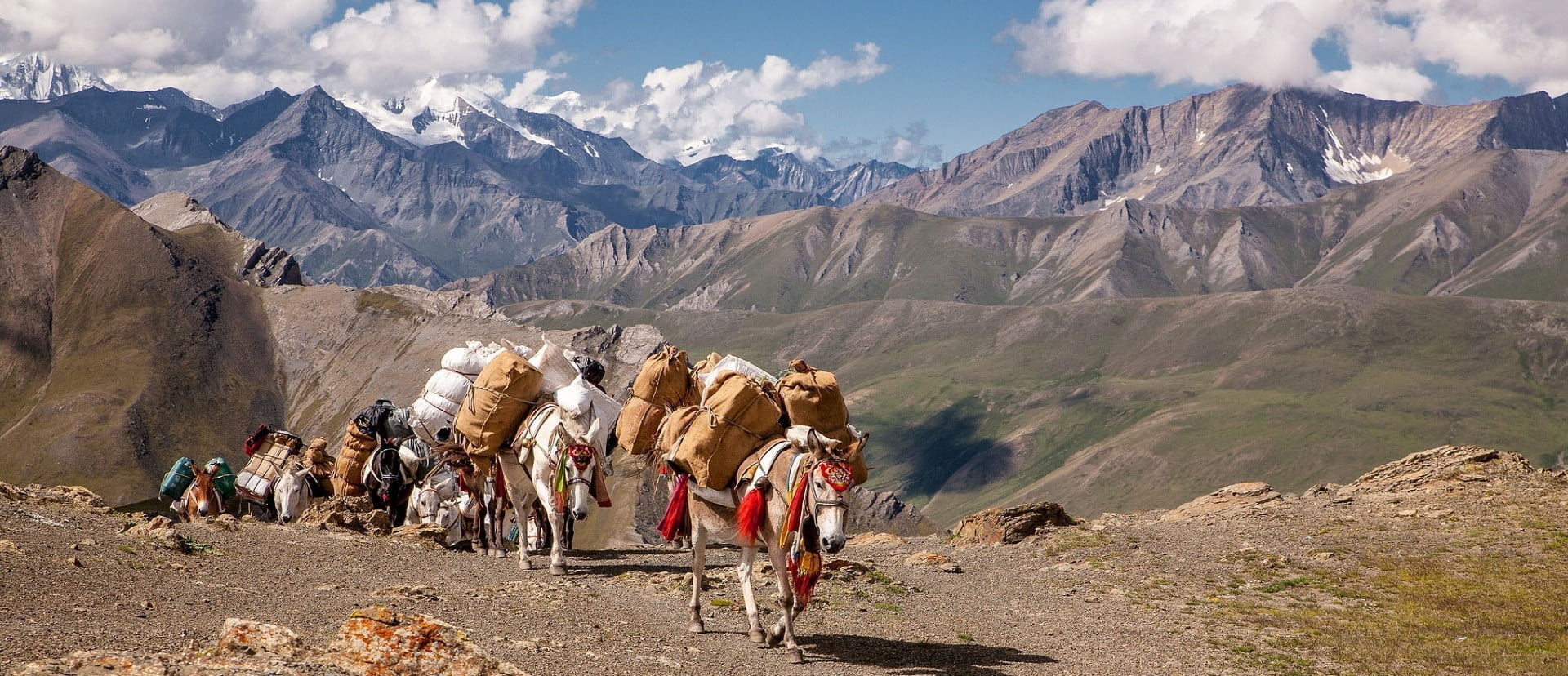







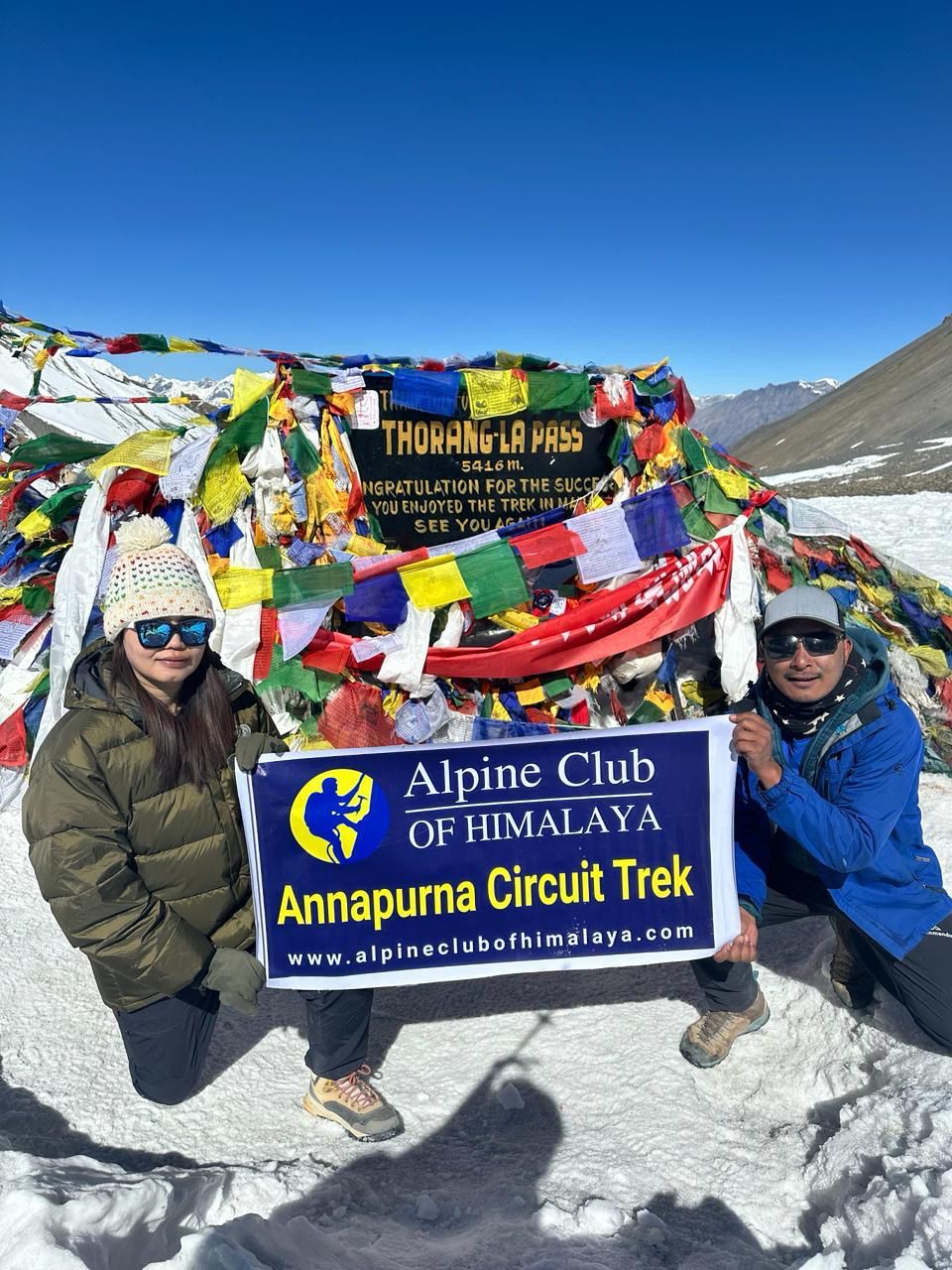




Write a Review